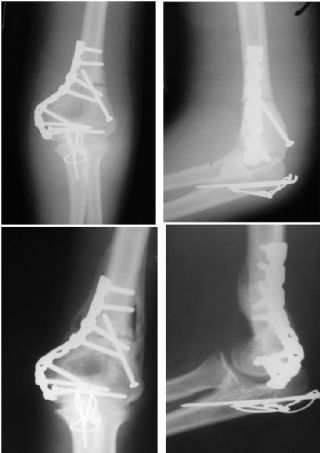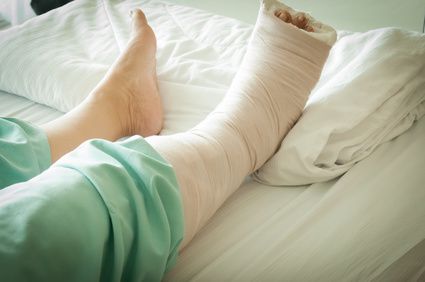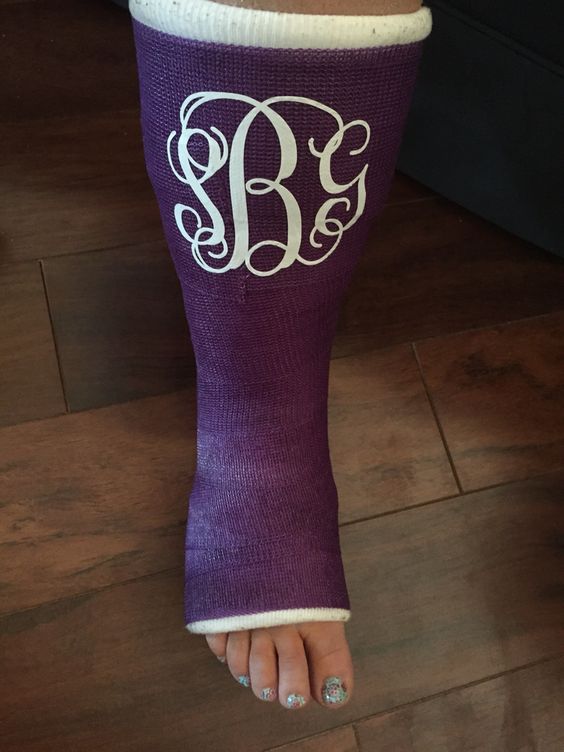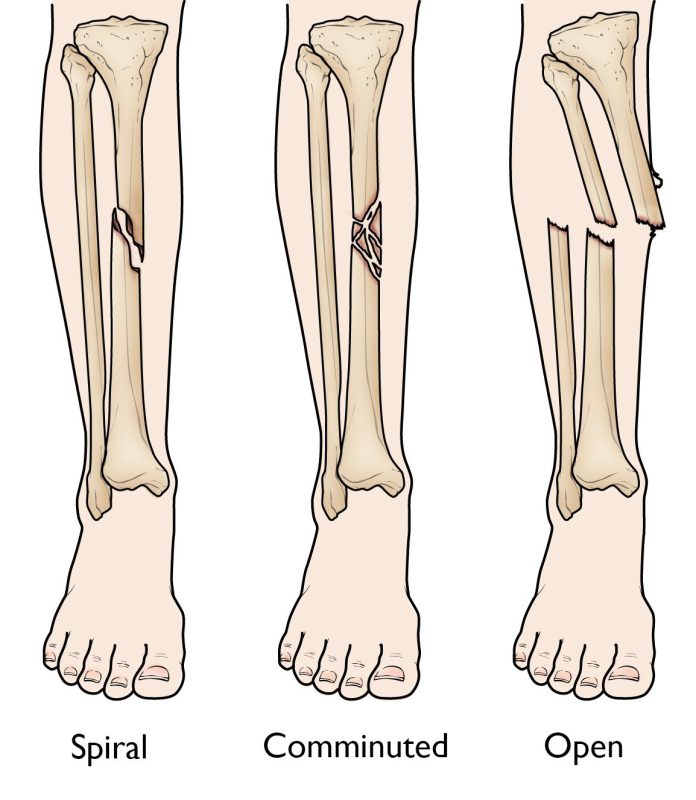erlanggablog.com – A doctor can diagnose a Shinbone Fracture with a x-ray or CT scan. The x-ray shows more details about the fracture, such as the location of the break. The results of the CT scan can be useful in determining whether the break requires surgery. Your doctor may recommend a surgery if the break has significant swelling. Your treatment may also include physical therapy, and surgery may be necessary in some cases.
Open reduction and internal fixation are the most common treatment for shin fractures

A surgeon will usually recommend limited open reduction and internal fixation, which is the most common treatment for a shinbone fracture. In some cases, surgery is necessary to set the bone. Your doctor will explain your treatment options and help you decide which type of surgery will work best for your particular case. While this option is less common, it is a common option for patients with a fractured shin. This procedure can take weeks or even months, so you should know the pros and cons of both.
Once the x-rays are done, the doctor will discuss the options for physical therapy. Depending on the severity of the injury, you may be prescribed ice packs and a prescription for pain medication. You may have a limited range of motion or be limited to a limited movement. The goal of your rehab is to be able to return to normal activities. Your doctor will give you instructions for the next few days and prescribe pain medicine. During this time, you may be able to stand and walk, but you’ll likely need crutches or a walker to support your leg.
Recovery time for shin fractures

The recovery time for a shinbone fracture is generally four to six months. A more severe fracture, however, can take up to a year. It is important to get back to activities as soon as possible, especially if you are at high risk for recurrence. If you’ve been inactive for months, you should avoid vigorous exercise. It’s best to avoid physical activity for at least the first few weeks after a shinbone fracture.
A displaced fracture occurs when the bones are not aligned, and the bone is no longer in the same position. This type of fracture often requires a long-leg cast for four to eight weeks. Your doctor may recommend surgery to keep the bones in alignment. You will need to wear crutches for the first few weeks after a Shinbone Fracture. The pain and swelling that accompany the injury may be very painful, so it’s important to seek medical attention as soon as possible.
The use of a plastic cast is the initial stage of the healing process

In most cases, a shinbone fracture is a compound fracture that does not break the skin. Often, you’ll need x-rays to confirm a fracture, but the doctor will use a plastic cast to immobilize the shinbone for the initial healing process. After the cast is removed, your child will be allowed to begin weight bearing and moving slowly. As the pain subsides, the cast is removed for hygiene and physical therapy.
A doctor will use x-rays to diagnose the condition. X-rays will show if the shinbone is broken and if the joints are involved. A CT scan will give your doctor valuable information about the severity of the fracture and whether other parts of the body are affected. A CT scan also helps diagnose thin fracture lines that cannot be seen on an x-ray. The x-ray can also show the extent of the underlying injury.
The knee is the largest weight-bearing joint

A broken shinbone can cause a number of problems. It is the largest joint in the body and is the most common weight-bearing joint. A knee is made up of three bones that meet at the knee. The bones of the knee are connected by ligaments and tendons and help keep the joint in place. A fracture of the shinbone can cause pain and damage to the surrounding tissues. Therefore, it is important to undergo a consultation with a specialist to get an accurate diagnosis.
The most common cause of a shinbone fracture is an injury that affects the tibia. A shinbone fracture can be caused by excessive stress or a compromised bone. Other causes of a broken shinbone are excessive physical activity or unusual activities. A broken shinbone is often the result of high-energy trauma. The most common type of a broken shinbone is an open fracture, which can expose the bones to bacteria. If a shinbone is cracked or broken, it may need surgery to clean the surfaces.







